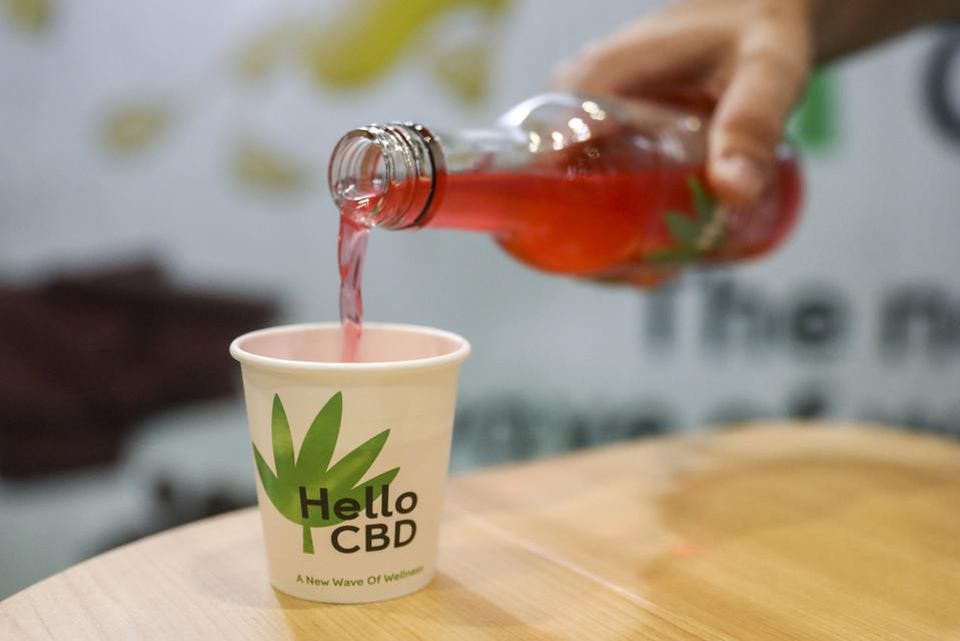
When it comes to how the pandemic affects retail, supermarkets are fairly high up the food chain. But if they don’t pay close attention to how those dollars are spent, could lose their footing.
As of November 2020, last year’s grocery sales rose to $777 billion, an 11.6% increase over 2019. The cause of the increase, and where those new dollars are going, should interest, and concern, retailers.
Overall spending rose, in large part, because there were fewer price cuts and promotions after the pandemic as shoppers sought the items they needed with greater focus and urgency. Now consumers are putting more thought into how they are spending. As we ease into the new normal, more of the goods they need, or prefer, are changing.
Some of these shopping trends are a re-emergence of preferences that existed before the pandemic, now heightened due to the fallout of pandemic behaviors and limitations. Many food sellers therefore have a foothold on meeting demand, and startups have been quick to help.
Here are five food-shopping trends that shouldn’t be ignored, with examples.
Climate-Friendly Foods
The emergence of climate-conscious eating reaches back at least a decade and has been adopted, by many, in the form of the “climatarian diet.” In a nutshell, the diet calls for choosing foods with lower CO2 emissions. Some fast-casual chains are heeding the call: Panera PNRA 0.0% is labeling its menus to help customers reduce their carbon footprints with climate-friendly “Cool Food Meals.” And Chipotle’s ordering app shows customers the “foodprint” of their orders. Some grocery sellers are similarly seeking products with reduced C02 emissions. In Washington State, the Kroger Co. KR +0.4% has partnered with an urban farming network called Infarm to include living produce farms within select stores, cutting transportation and storage.
A Taste For Eco-Packaging
About 15 million tons of polystyrene, the material frequently used to make carryout packaging, is produced globally in a normal year. The pandemic has forced an increase in such takeout packaging and plastic bags, while at the same time it caused some retailers to slow or sidetrack their sustainability plans. This confluence of events has accelerated environmental concerns about the “plastic tsunami,” and consumers want retailers to offer alternatives, fast. Innovative companies are stepping in to help. The start-up Apeel Sciences makes edible coating for produce that it says can double the lifespan of fruits and vegetables. And Verterra, a sustainable-package maker, introduced carryout containers made from balsa from tree stumps.





















